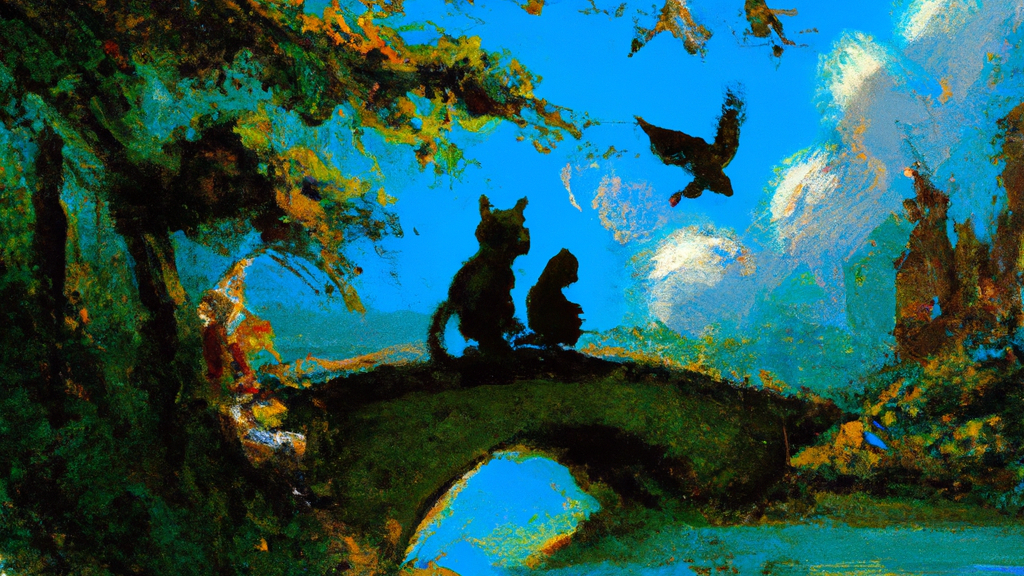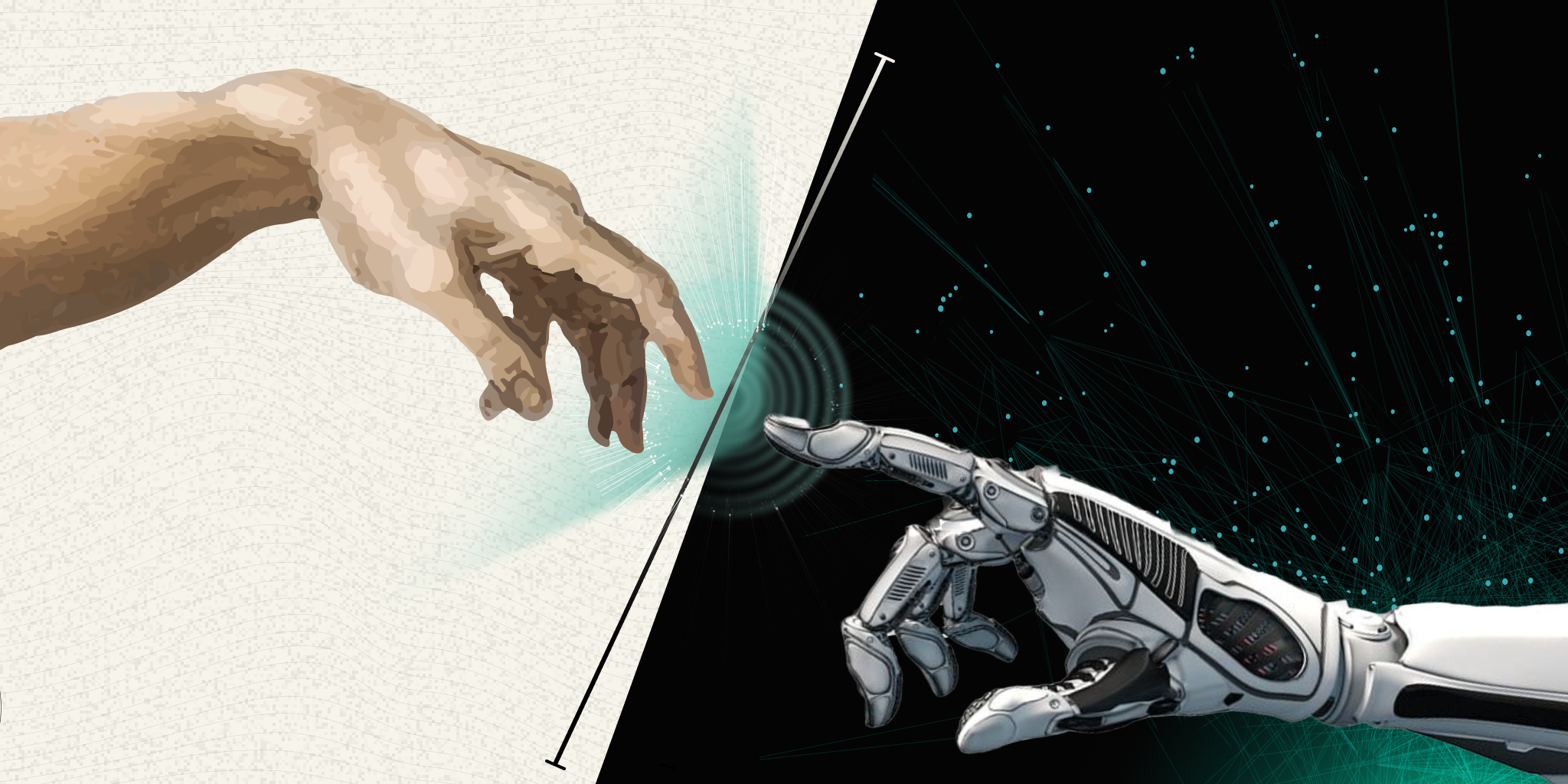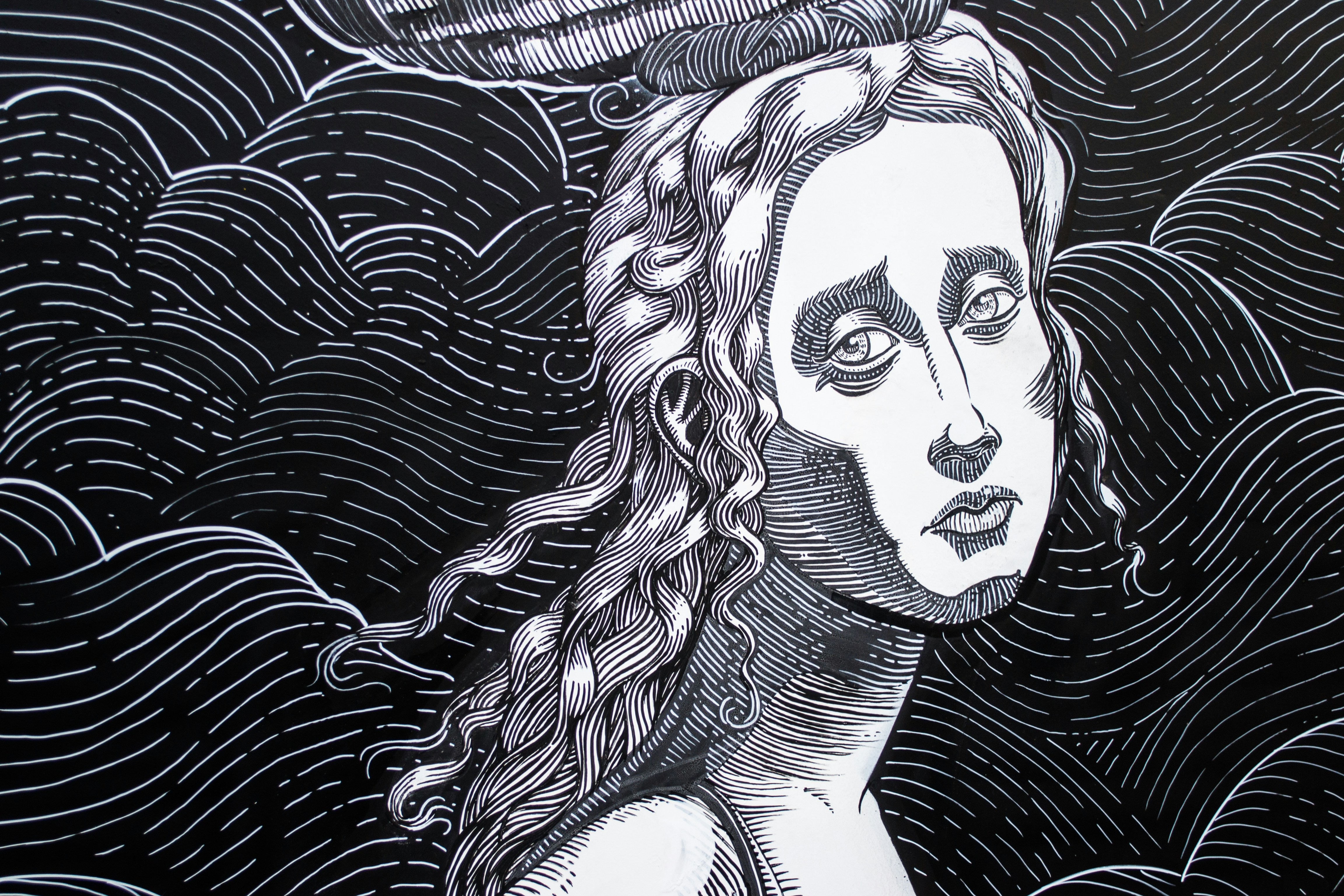
In today’s fast-shifting creative landscape, the homogenization of art is becoming an unavoidable reality. As algorithms increasingly influence what we see, like, and share, they’re also subtly shaping what we create. From trending visuals to AI-generated masterpieces, art is entering a loop of repetition, where innovation risks being overshadowed by optimization. This isn’t just about aesthetics—it’s about what we value as human expression.
At Remin, we believe that creativity is memory, spirit, and legacy. In this article, we explore what happens when art meets code, and whether originality can survive in a world governed by machines.
Introduction – When Art Meets Code
The fusion of creativity and artificial intelligence has led us into an era where machines no longer just assist in making art—they generate it. From Midjourney to DALL·E, the tools we use to express ourselves are no longer passive. They are actively producing, suggesting, and even curating our aesthetic experiences.
“The machine’s logic doesn’t replicate emotion—it mimics trends.”
— MIT Technology Review
But what’s the cost of this convenience and innovation? The risk is that the very algorithms helping us create are also flattening the diversity of visual language into something… eerily familiar.
Understanding Homogenization in Digital Art
Algorithmic Influence on Aesthetic Patterns
Scroll through Instagram, Behance, or any AI art community, and you’ll notice a strange familiarity: glowing eyes, softly lit portraits, glitchy overlays, dreamscapes bursting in symmetry. It’s no coincidence. These visuals are often the result of feedback loops within algorithmic systems, favoring styles that “perform well.”

- Generative models are trained on datasets of existing art, reinforcing popular trends.
- Platform algorithms promote similar-looking content for engagement optimization.
- Artists themselves replicate successful formats to remain visible in algorithm-driven feeds.
While tools like Deep Dream or Runway offer novel ways to create, they also normalize aesthetics that machines find statistically “safe.”
The Rise of Predictability in AI-Curated Art
It’s no longer just about what artists create, but what platforms surface. Recommendation engines—on TikTok, Instagram, and even Spotify’s visualizers—are shaping the demand side of art. This is where digital art trends are born and reborn in endless loops, often detached from cultural context or emotional depth.
As noted in Google Arts & Culture, the human urge to explore and interpret is being subtly nudged toward automated preferences. The outcome? Less variety, less surprise, and more sameness masquerading as innovation.
Who’s Creating Now? Artists vs. Machines
Generative AI: Tool or Creator?
Generative AI tools like DALL·E and Midjourney are remarkable. They allow users to turn ideas into visuals with astonishing ease. But this raises a key question: Who is the creator—the artist or the machine?

While artists input prompts and curate results, the final images are built from datasets trained on existing works—often without consent or credit to original creators. This blurs the line between inspiration and appropriation, creativity and calculation.
According to Stanford HAI:
“AI art is not an autonomous breakthrough of the machine—it is a reflection of the dataset and parameters defined by human hands.”
Originality in a Sea of Replication
AI-generated art tends to collapse into averages. This is due to what’s known as latent space interpolation, where models generate images by “averaging” learned features. Over time, this results in a visual monotony, even across supposedly diverse prompts.
On platforms like Reddit’s r/AIArt or ArtStation, it’s easy to see how countless works blend into each other—technically impressive, yet emotionally distant. True creativity in the age of AI is now measured not just by skill, but by the courage to diverge from algorithmic norms.
The Role of Algorithms in Art Distribution
Platforms, Popularity, and the Algorithmic Loop
Distribution is everything in the digital age. But the same algorithms recommending cat videos also influence which artworks go viral. Art that conforms to proven engagement formulas is elevated, while outliers are buried under endless scrolls.
As a result:
- Creators begin mimicking high-performing styles to “beat the system.”
- Audiences encounter less variety and nuance in visual culture.
- Exploration is replaced by predictable aesthetics tailored for algorithms.
This cycle is what some critics call the “TikTokification of visual culture.”
In the end, we’re not just seeing art—we’re seeing what machines think we want to see. And that should concern anyone who believes in the soul of human expression.
Continue reading: In the second half of this article, we’ll dive into the ethical dilemmas, cultural risks, and how artists can reclaim identity through human-centered design.
Because at Remin, we believe that memories, art, and expression should be more than just algorithmic shadows—they should be legacy.
Cultural and Ethical Implications
Is Diversity of Expression at Risk?
One of the most unsettling consequences of the homogenization of art is the erosion of cultural nuance. Algorithms often reflect the data they’re trained on—and most of that data comes from dominant, Westernized visual narratives. This leads to the suppression of underrepresented voices, aesthetics, and traditions in digital art spaces.
As MoMA’s curatorial research highlights, AI systems often favor mass appeal over cultural depth:
“When machines curate, they prioritize engagement, not heritage.”
Without conscious intervention, we risk losing the kaleidoscope of human expression—replacing it with stylized sameness. Art becomes a mirror of machine logic, not human identity.
The Ethics of Machine-Influenced Taste
It’s not just about aesthetics—it’s about control. When machine learning in art influences what we value as “beautiful” or “worthy,” it redefines taste at a systemic level. We start choosing based not on feeling or intuition, but on metrics: likes, shares, reach.
- Who programs the algorithms that define our culture?
- What biases are embedded in these systems?
- And who benefits from their influence?
These are ethical questions that demand urgent answers. Not just from engineers and data scientists—but from all of us who participate in art, culture, and storytelling.
Breaking the Loop: Reclaiming Artistic Identity
Human-Centered Design & Creative Coding
Despite the risks, there is hope. Around the world, creators are using code not to conform—but to rebel. From p5.js and Processing to generative sculpture and immersive VR, artists are reimagining the relationship between man and machine.
These pioneers embrace algorithms as brushes, not directors. They infuse their work with intention, emotion, and context—refusing to be flattened by metrics. This is what we at Remin cherish: memory as message, code as craft, art as legacy.
Curating with Consciousness
We also need curators, educators, and audiences to step in—to promote diversity of form, background, and experience. Instead of following what the algorithm favors, we can actively seek:
- Independent digital galleries that uplift marginalized voices
- Manual curation and storytelling over auto-generated feeds
- Intentional slowing down—to absorb, not just consume
We have the power to break the loop. But it takes awareness, empathy, and effort.
Conclusion: A Crossroads for Art and AI
Final Thoughts
The homogenization of art is not inevitable. It’s a side effect of prioritizing convenience over creativity, data over depth. But we can resist. We can choose to re-center our art around human truth, contradiction, imperfection—and story.
Because art is not just pixels on a screen. It’s memory. It’s defiance. It’s the invisible bridge between generations. That’s what Remin is here to protect: the soul behind the stroke, the voice beneath the algorithm, the message worth passing on.

Suggested Further Reading
- AI and Human Creativity: A New Renaissance?
- Harvard Gazette: What Happens When AI Starts Making Art?
- Creative Applications: Where Code Meets Art
FAQs
Is AI art bad for creativity?
Not inherently. But when overused or misapplied, it can lead to uniformity and discourage originality. The key lies in how we use the tools—as assistants, not authorities.
How can artists avoid homogenization?
By embracing experimentation, cultural context, and personal vision. Avoid creating purely for algorithmic approval. Tell stories that matter, even if they don’t trend.
Are there ethical concerns with AI-generated art?
Yes. From consent in training data to bias in output, AI art raises many ethical red flags. Transparency, fairness, and respect for creators are crucial.
How does Remin support unique creative voices?
Remin offers a digital space where your memories, ideas, and creations are not only preserved but honored. We believe your voice deserves to live on—unaltered, unfiltered, unforgettable.
Death is not the end—it is the beginning. Let your art, your stories, your truth remain. Not as data, but as legacy.